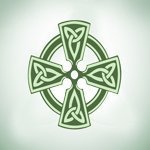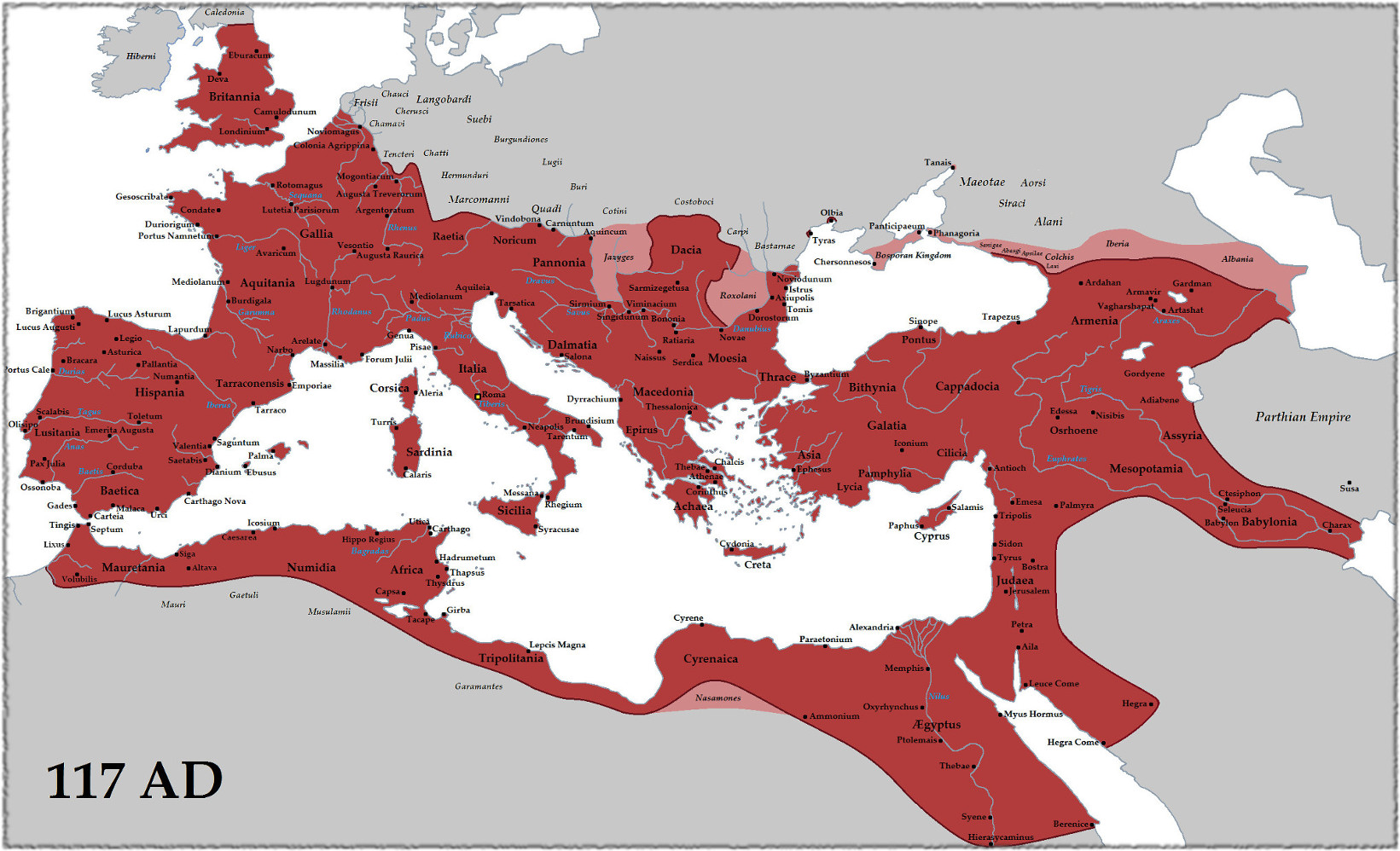Difference between revisions of "World of Darkness -- Pax Romana"
(→[[]] Celts: An Ancient People) |
(→File:Icon celtic triskelion.jpg Celts: An Ancient People) |
||
| Line 15: | Line 15: | ||
<br> | <br> | ||
<br> | <br> | ||
| − | == | + | == '''Celts:''' ''An Ancient People'' == |
| + | [[File:Icon celtic triskelion.jpg]] | ||
| + | <br> | ||
| + | <br> | ||
The Celts were a collection of tribes with origins in central Europe that shared a similar language, religious beliefs, traditions and culture. It’s believed that the Celtic culture started to evolve as early as 1200 B.C. The Celts spread throughout western Europe—including Britain, Ireland, France and Spain—via migration. Their legacy remains most prominent in Ireland and Great Britain, where traces of their language and culture are still prominent today. | The Celts were a collection of tribes with origins in central Europe that shared a similar language, religious beliefs, traditions and culture. It’s believed that the Celtic culture started to evolve as early as 1200 B.C. The Celts spread throughout western Europe—including Britain, Ireland, France and Spain—via migration. Their legacy remains most prominent in Ireland and Great Britain, where traces of their language and culture are still prominent today. | ||
Revision as of 21:13, 14 May 2019
Contents
Year of the Consulship of Sabinus and Camerinus (762 Ab urbe condita)
- Suppression of the Bellum Batonianum (Great Illyrian Revolt) in Dalmatia.
- First record of the subdivision of the province of Illyricum into lower (Pannonia) and upper (Dalmatia) regions.
- In order to increase the number of marriages, and ultimately the population, the Lex Papia Poppaea is adopted in Italy. This law prohibits celibacy and childless relationships.
- Roman finances become strained following the Danubian insurrection and the Battle of the Teutoburg Forest, resulting in the levying of two new taxes: five percent of inheritances, and one percent on sales.
- Cunobeline is first recorded to be king of the Catuvellauni at Camulodunum (modern-day Colchester) in Britain.
- Approximate date – Claudius marries Plautia Urgulanilla following the death of Livia Medullina.
- Battle of the Teutoburg Forest -- [AD 9] -- Three full legions under the command of Publius Quinctilius Varus were ambushed and destroyed by Germanic tribes led by Arminius.
Barbarians: All Those Beyond the Boundary of the Empire
Celts: An Ancient People
![]()
The Celts were a collection of tribes with origins in central Europe that shared a similar language, religious beliefs, traditions and culture. It’s believed that the Celtic culture started to evolve as early as 1200 B.C. The Celts spread throughout western Europe—including Britain, Ireland, France and Spain—via migration. Their legacy remains most prominent in Ireland and Great Britain, where traces of their language and culture are still prominent today.
The existence of the Celts was first documented in the seventh or eighth century B.C. The Roman Empire, which ruled much of southern Europe at that time, referred to the Celts as “Galli,” meaning barbarians.
However, the Celts (pronounced with a hard “c” or “k” sound) were anything but barbarians, and many aspects of their culture and language have survived through the centuries.
3rd Century B.C.
By the third century B.C., the Celts controlled much of the European continent north of the Alps mountain range, including present-day Ireland and Great Britain.
It is these islands off Europe’s western coast in which Celtic culture was allowed to survive and thrive, as the Roman Empire expanded on the European continent. Beginning with the reign of Julius Caesar in the first century B.C., the Romans launched a military campaign against the Celts, killing them by the thousands and destroying their culture in much of mainland Europe.
Caesar’s Roman armies attempted an invasion of Britain at this time, but were unsuccessful, and thus the Celtic people established a homeland there. As a result, many of their cultural traditions remain evident in present-day Ireland, Scotland and Wales, even now.
 Galatians
Galatians
Several tribes made up the larger population of the Celtic people. Indeed, the Gaels, Gauls, Britons, Irish and Galatians were all Celtic tribes.
The Galatians occupied much of the Asturias region of what is now northern Spain, and they successfully fought off attempted invasions by both the Romans and the Moors, the latter ruling much of present-day southern Spain.
Evidence of Galatian tradition remains in the region today. Descendants of the Galatians still participate in ancient outdoor dances, accompanied by bagpipes, an instrument that is often associated with more well-known Celtic regions such as Scotland and Ireland.
In addition, a Celtic symbol called the “Cruz de la Victoria” (similar to a Celtic cross) adorns the regional flag.
The Galatians also settled in nearby Galicia, a region on the northwest coast of Spain.
